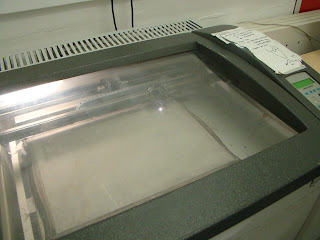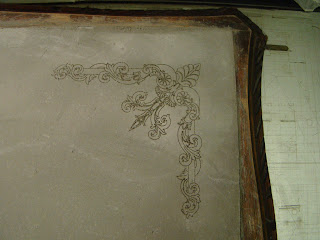There are two parallel paths that will be prototyped over the next couple weeks.
One is the carrying on of the furniture restoration. The different parts that need testing at the moment are the new mix of concrete including a higher fly ash level and a fewer sand level, using a series of plastic fibres, pigments and two different topical sealants. These will all be tested tomorrow, as well as a mould being made out of silicone.
The other path that needs developed and prototyped, is the service that allows the user to submit images of their furniture and start the interaction. This will come in the form of a website. The reason for the only interaction being the initial meeting is because the rest of the interactions between the user and myself should be more personal and face-to-face.
Any thoughts with the development of either service would be much appreciated!













































